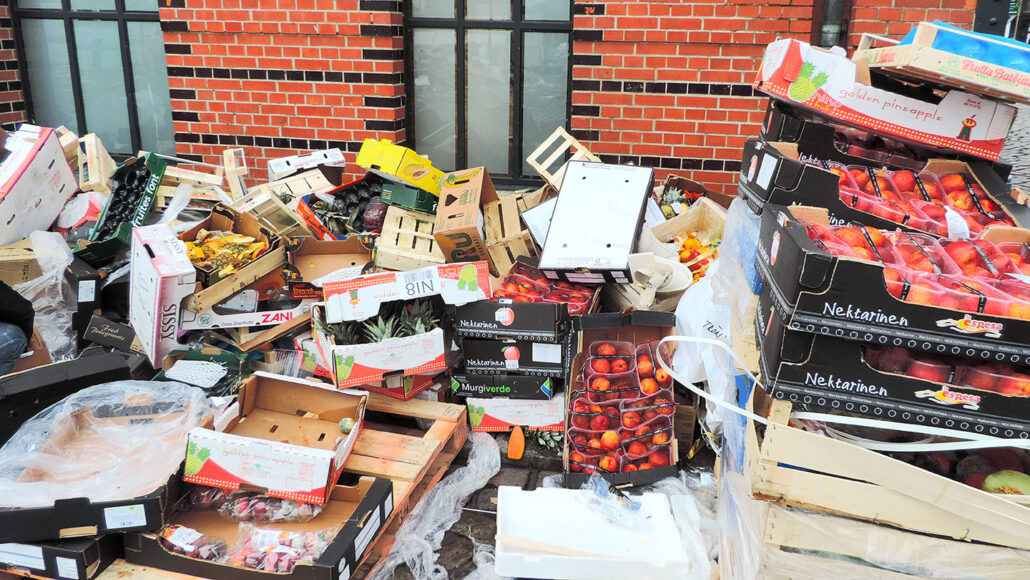average: (in science) A term for the arithmetic mean, which is the sum of a group of numbers that is then divided by the size of the group.
climate: The weather conditions that typically exist in one area, in general, or over a long period.
climate change: Long-term, significant change in the climate of Earth. It can happen naturally or in response to human activities, including the burning of fossil fuels and clearing of forests.
consumer: (n.) Term for someone who buys something or uses something. (adj.) A person who uses goods and services that must be paid for.
COVID-19: A name given to the disease that caused a massive global outbreak. It first emerged in December 2019 and is caused by a new coronavirus known as SARS-CoV-2. Symptoms can include pneumonia, trouble breathing, feeling too tired to walk more than a few steps, fever, headaches, low blood-oxygen levels, blood clots and brain “fog.”
data: Facts and/or statistics collected together for analysis but not necessarily organized in a way that gives them meaning. For digital information (the type stored by computers), those data typically are numbers stored in a binary code, portrayed as strings of zeros and ones.
diet: (n.) The foods and liquids ingested by an animal to provide the nutrition it needs to grow and maintain health. (v.) To adopt a specific food-intake plan. People may adopt a specific diet for religious or ethical reasons, to address food allergies, to control their body weight or to control a disease such as high blood pressure or diabetes.
environment: The sum of all of the things that exist around some organism or the process and the condition those things create. Environment may refer to the weather and ecosystem in which some animal lives, or, perhaps, the temperature and humidity (or even the placement of things in the vicinity of an item of interest).
population: (in biology) A group of individuals from the same species that lives in the same area.
United Kingdom: Land encompassing the four “countries” of England, Scotland, Wales and Northern Ireland. More than 80 percent of the United Kingdom’s inhabitants live in England. Many people — including U.K. residents — argue whether the United Kingdom is a country or instead a confederation of four separate countries. The United Nations and most foreign governments treat the United Kingdom as a single nation.
waste: Any materials that are left over from biological or other systems that have no value, so they can be disposed of as trash or recycled for some new use.








